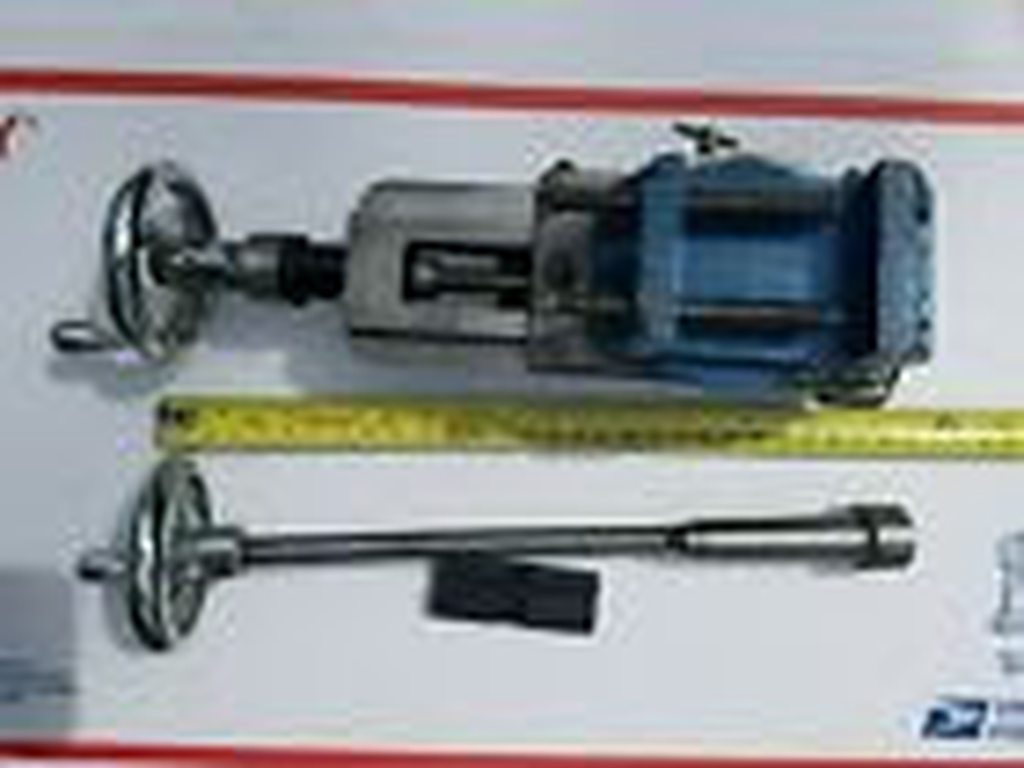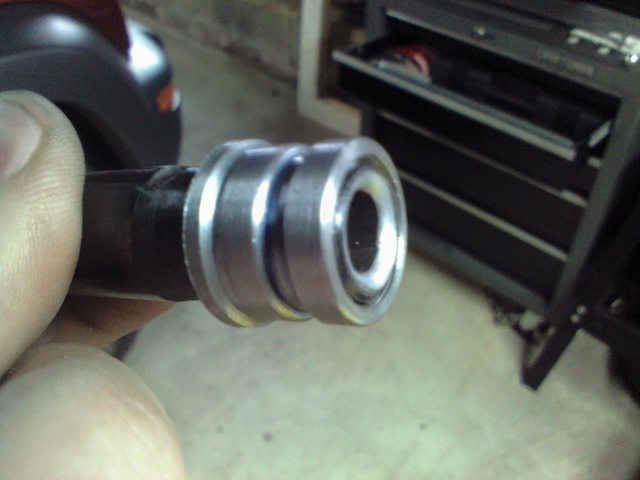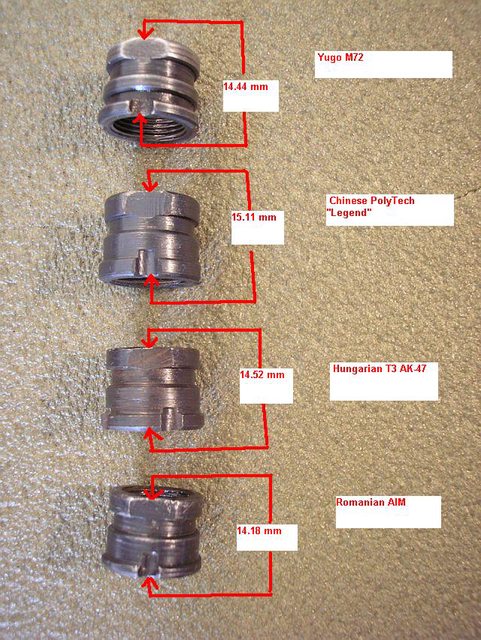OK, so I just picked this up off ebay and had a few questions about it's use & if it's missing anything...

It came with the draw bar & cutter holder which I was wondering if the draw bar might be missing the tapered collar that goes up by the handwheel ?? Looks like it may be missing the solid jaw for the vise too but as I understand it the solid jaw is just a piece of flat bar stock so I should be able to source that easy enough. So I was watching some mrpete222 (tubalcain) videos (shop tips #68,69,70) to get an idea on it's correct usage and wasn't clear on a few points.
I know it was said to avoid "climb milling" with this attachment but wasn't real clear as to why ?? I'll be making small parts like this that will need some notches cut in & flats milled...

A dedicated mill isn't in the budget nor space limitations currently so for $320 I think this set up would give me some light milling capability. Just needed to know if there are any extras I'll be needing to get it up and cutting ?? Collets or mill cutter holders ?? It will be mounted to my Atlas 10100 Mk.2. I did some searching here on the site but didn't come up with much info. on what was originally included or needed for setting up the milling attachment for the Atlas 6". Thanks.

It came with the draw bar & cutter holder which I was wondering if the draw bar might be missing the tapered collar that goes up by the handwheel ?? Looks like it may be missing the solid jaw for the vise too but as I understand it the solid jaw is just a piece of flat bar stock so I should be able to source that easy enough. So I was watching some mrpete222 (tubalcain) videos (shop tips #68,69,70) to get an idea on it's correct usage and wasn't clear on a few points.
I know it was said to avoid "climb milling" with this attachment but wasn't real clear as to why ?? I'll be making small parts like this that will need some notches cut in & flats milled...

A dedicated mill isn't in the budget nor space limitations currently so for $320 I think this set up would give me some light milling capability. Just needed to know if there are any extras I'll be needing to get it up and cutting ?? Collets or mill cutter holders ?? It will be mounted to my Atlas 10100 Mk.2. I did some searching here on the site but didn't come up with much info. on what was originally included or needed for setting up the milling attachment for the Atlas 6". Thanks.


